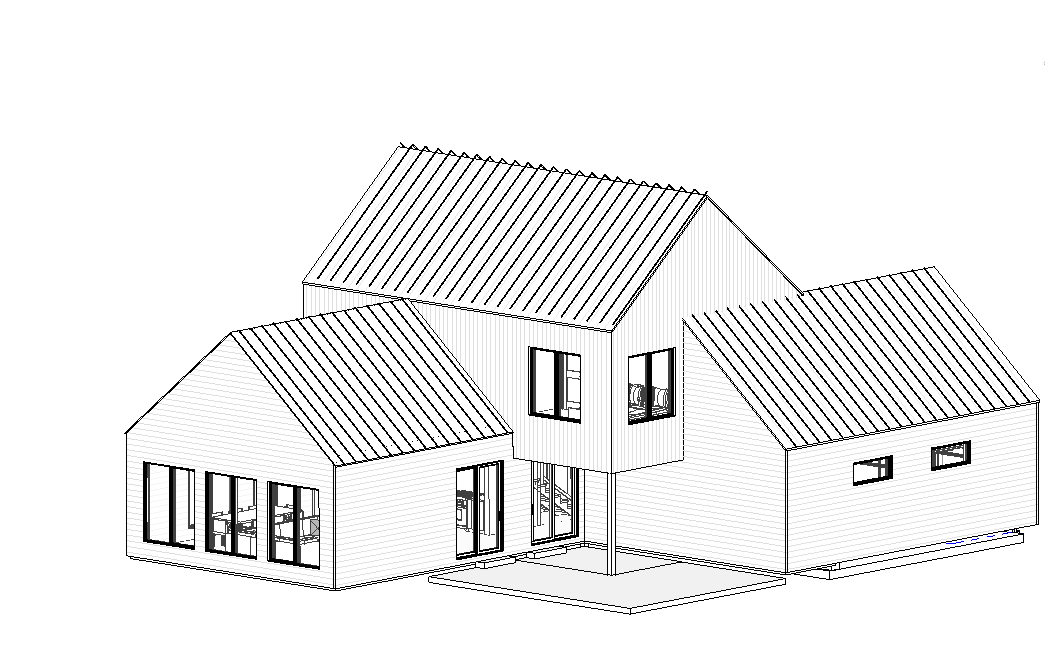
Revit For Design Studio
- 6 Sections
00 Introduction
01 Schematic Design
02 Design Development
03 Rendering and Presentation
04 Template Creation
05 Extras
Maximizing Revit Efficiency in School or College
-
- Understand the Basics: Before diving into complex projects, ensure you have a solid understanding of Revit's interface, tools, and functionalities. Familiarize yourself with creating elements, applying materials, and navigating the software.
- Utilize Templates: Take advantage of Revit's template files to streamline your workflow. Templates provide pre-set standards for project organization, views, and sheets, saving you time and ensuring consistency across projects.
- Customize Settings: Tailor Revit's settings to suit your specific needs and preferences. Adjust units, view templates, and object styles to align with your project requirements and design standards.
- Work in 3D: Embrace Revit's 3D modeling capabilities to visualize your designs in a realistic and immersive way. Utilize tools like massing, modeling, and rendering to bring your projects to life and communicate your ideas effectively.
- Collaborate with Team Members: Take advantage of Revit's collaboration features to work seamlessly with other students or colleagues. Use worksharing tools to divide tasks, track changes, and ensure everyone is on the same page throughout the design process.
- Master Revit Families: Understand the importance of creating and using Revit families to build custom elements and components. Invest time in creating reusable families for doors, windows, furniture, and fixtures to enhance your efficiency and maintain design consistency.
- Explore Add-Ins and Extensions: Extend Revit's capabilities by exploring and utilizing add-ins and extensions available in the software ecosystem. Plugins for rendering, energy analysis, and documentation can enhance your design process and output quality.
- Stay Updated: Keep abreast of new features, updates, and best practices in Revit to continuously improve your skills and efficiency. Attend training sessions, webinars, and workshops to stay current with industry trends and advancements in the software.
- Practice Regularly: Like any skill, proficiency in Revit comes with practice. Dedicate time to experimenting, exploring, and working on projects in Revit to hone your skills and become proficient in using the software effectively.
- Seek Feedback: Solicit feedback from instructors, peers, or industry professionals to improve your Revit skills and design outcomes. Actively seek constructive criticism and incorporate suggestions to refine your projects and grow as a designer.
You must be logged in to submit a review .

